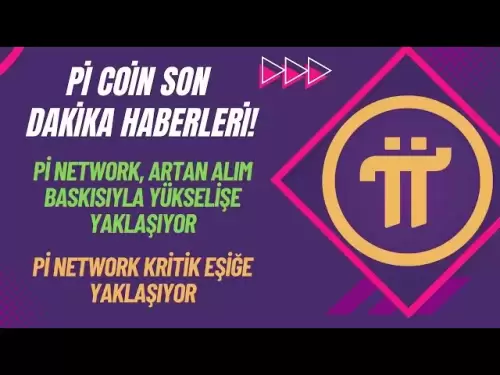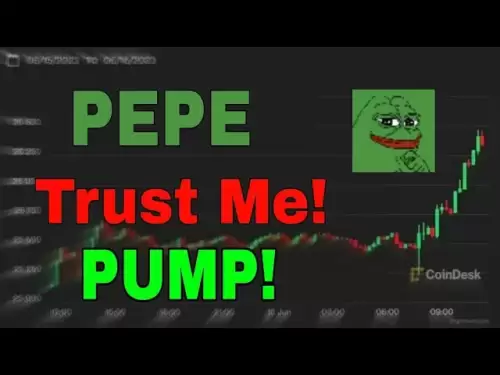 |
|
 |
|
 |
|
 |
|
 |
|
 |
|
 |
|
 |
|
 |
|
 |
|
 |
|
 |
|
 |
|
 |
|
 |
|

Five years ago, the idea of kids learning algebra or history through video games seemed like a gimmick. Now in 2025, it’s happening in schools around the world—and it’s working.
Inside today’s classrooms, students aren’t just reading from textbooks. They’re completing quests, solving problems inside immersive digital worlds, and collecting rewards that hold value. These aren’t just badges or points. In many cases, they’re blockchain-based tokens—real assets they can own, trade, or use within their educational tools. The blockchain gaming market is headed for $614.91 billion by 2030, says Fortune Business Insights, and education is a huge chunk of it.
Instead of learning the usual way, students now prefer to interact with the subject matter through blockchain-backed games. For example, coding is not just taught in theory; it’s learnt through puzzle-solving missions in games like CodeCombat. Students progress through levels by writing real code, applying logic, and getting instant feedback.
And this is not confined to wealthy schools with big tech budgets. Rural schools in India and inner-city districts in the U.S. have also jumped in. The appeal is because of how cheap the platform is, the improved engagement, and student results that speak for themselves.
In 2024, a study from the University of Texas at San Antonio found that middle schoolers using interactive coding games picked up core concepts 1.5 times faster than their peers in traditional classes.
Why This Works
Three big areas
1. Students pay attention. Gaming is not a trick, it is a tool. And when kids are given a mission and a clear outcome, they stay with it.
2. They care more. When students earn something, use for example, a token they can use to unlock the next challenge, it means more than just checking off a worksheet.
3. It does not leave people behind. Web3 platforms don’t rely on one-size-fits-all content. They adjust based on the user. That makes a huge difference for students who might learn differently or need more time.
What Could Go Wrong?
Let’s be clear, this is not all smooth sailing.
These are not deal-breakers, but they are not small issues either.
What’s Next?
Here is where things are headed:
Who Should Be Paying Attention?
If you’re a teacher, start small. Pilot a game-based platform in one unit. Measure student progress and provide feedback. You might be surprised.
If you’re a student, these platforms can make learning more hands-on. Dive in, and don’t be afraid to explore projects beyond what’s assigned.
If you’re an investor or innovator, this space is just heating up. The opportunity to build trusted, user-friendly learning platforms—especially those that reward real effort—is wide open.
免责声明:info@kdj.com
所提供的信息并非交易建议。根据本文提供的信息进行的任何投资,kdj.com不承担任何责任。加密货币具有高波动性,强烈建议您深入研究后,谨慎投资!
如您认为本网站上使用的内容侵犯了您的版权,请立即联系我们(info@kdj.com),我们将及时删除。
-

- 比特币(BTC)的价格与2024年10月的流星上升之前相同
- 2025-06-05 06:55:12
- 比特币的主要技术指标表现出与2024年10月加密货币开始迅速升高的模式相同的模式。
-

- 🚀为什么$ sui可能是您的下一个智能加密投资💰
- 2025-06-05 06:55:12
- Sui是创新的第1层区块链平台的本地令牌,它引起了严重的关注,这是有充分理由的。
-

-

- Monero(XMR)是反对通货膨胀的天堂
- 2025-06-05 06:50:13
- 通货膨胀率在2025年继续影响全球经济状况,这加剧了有关保护免于市场波动的资产的争议。
-

- 阿布扎比全球市场(ADGM)正在加密和科技领域进行动力移动
- 2025-06-05 06:45:12
- 阿联酋的国际金融中心阿布扎比全球市场(ADGM)一直是在加密和科技领域进行动力移动的新闻。
-

- 区块链未来主义会议发布了第七届年度版本的最终议程
- 2025-06-05 06:45:12
- 加拿大最大,最长的Web3活动区块链未来主义会议今天发布了其第七届年度版的最终时间表
-

-

-






























































